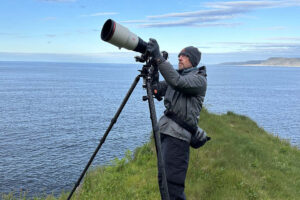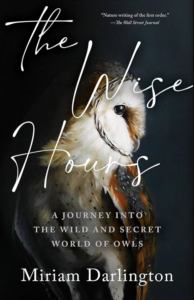By Sharon Moore
Melanitta perspicillata
Order: Anseriformes
Family: Anatidae
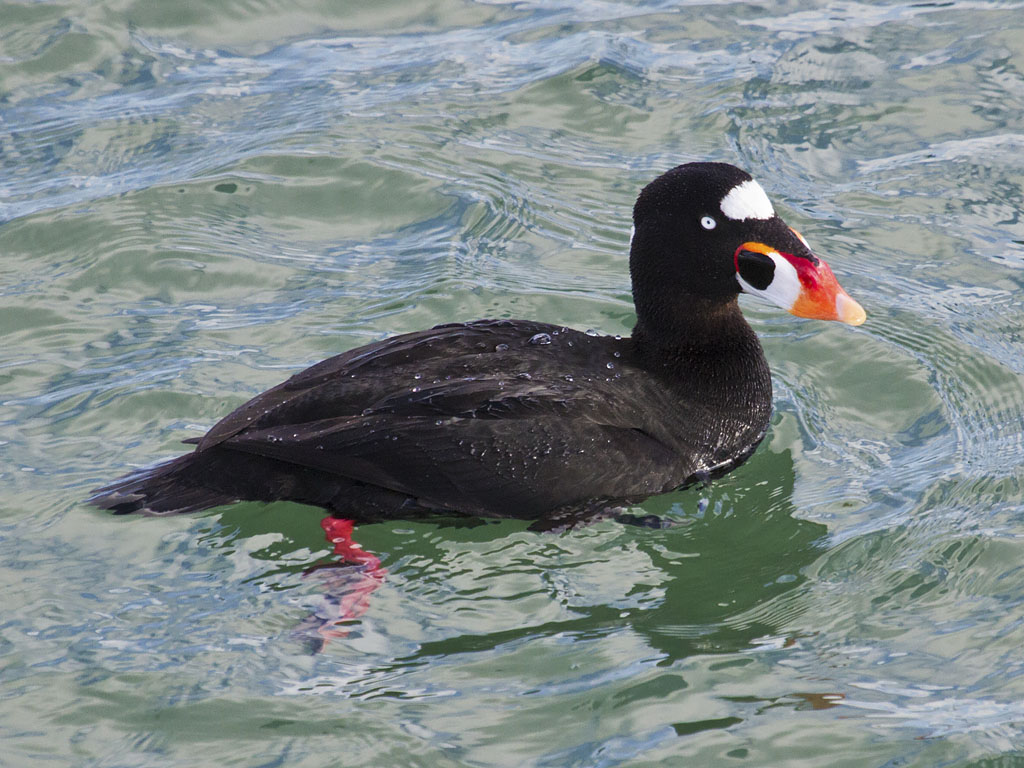
During a lovely November walk at Woodard Bay recently we spotted a flock of Surf Scoters food-foraging near the shore in their unique style. Knowing these ducks are strong swimmers, we watched as they synchronized their dives by jumping forward with partially opened wings just ahead of the breaking waves, disappearing under the waves as they broke. This technique, called “duck diving” by human surfers, protects the scoters, and surfers, from being pummeled by the power of the crashing waves. Surf Scoters repeat this activity for hours each day in order to glean the small mollusks the strong wave action uncovers on the sandy bottom.
As we continued to watch the scoters we saw them swallow entire clams. How, we wondered, could they manage to digest those shells? Checking one of our bird books we learned that while mussels and clams are their primary diet, they also eat small crabs, marine snails and worms and, along the Pacific coast, herring spawn. Along with all this protein and calcium they also consume aquatic vegetation. Since these ducks have no teeth they swallow all their shelled prey whole. This starts an amazing digestive process in which the powerful muscles of their gizzards pulverize the whole clams, including the shells. Those shell fragments are then small enough to pass through the digestive tract, helping to grind the food as they move along. With the benefit of those shell pieces, Surf Scoters, unlike most other avian species, don’t need to swallow rocks to improve their digestion.
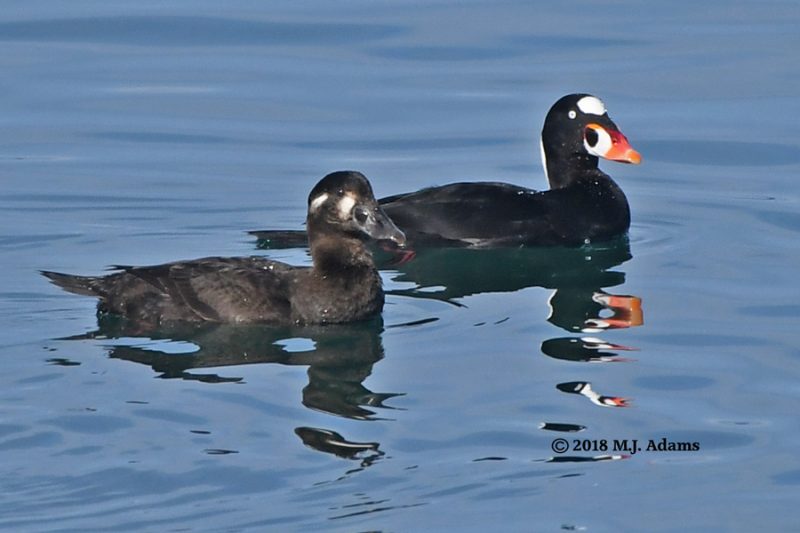
Surf Scoters also harbor another amazing adaptation to their ocean environment. Though they have kidneys similar to human kidneys, they also have special glands located above their eyes to help remove the dangerous high salt content of their prey. These glands concentrate salt from the birds’ blood and excrete it as it drops out of their nostrils. This process is significantly more efficient than is the human kidney. In winter these salt glands expand when the birds are in their salt-water habitat. They then shrink in summer when the scoters are rearing their young on fresh water inland lakes.
Surf Scoters are gregarious birds that tend to move in small flocks when foraging on the water. During winter they are fairly easy to identify due to their size and coloring. With stocky, 20-inch long bodies, these diving ducks have large heads and wide wingspans of 30 inches. The male’s large orange-yellow-white bill, his white eye and the white patches on his forehead and back of his head help him stand out among other duck species. Both the female and juvenile are duller in hue though the female also has a white eye. They are with us currently and will remain through the winter generally in relatively shallow waters closer to shore as well as lakes and reservoirs. Often traveling in large flocks, they may join Black Scoters and White-winged Scoters roosting on offshore islands in good weather. Winter storms will sometimes drive them into sheltered bays and inlets in high numbers.
Prior to leaving their winter habitats Surf Scoters begin their courting and pairing behaviors. Once they bond, they fly in early spring, often in large flocks, to some of the most remote regions in North America – the boreal forests of Canada and Alaska. In those locales, vast forests may blend with patches of lakes, wetlands, shrub lands, tundra and meadows, forming what is known as the taiga shield ecotone.
Once the bonded pair arrives in this wild habitat, the female Surf Scoter sets out to construct the nest, without any help from the male, in a well-concealed spot beneath tree branches or fallen trees. She may also choose to build the nest on a rocky ledge close to a lake but upland from marsh vegetation. When she has shaped a bowl of branches and boughs about 12 inches in diameter, she lines the 6 to 7 inch interior with moss, grasses, needles, spruce and fir bark and her own soft down. She will lay one brood of 6 to 9 eggs and incubate them alone for 28 to 30 days. When the tiny, downy-covered hatchlings emerge with open eyes, as soon as they dry, they will leave the nest, scurrying toward nearby water and feed themselves immediately as the female continues to attend them. Here in these rich environments the female and her ducklings can shelter from the wind and find abundant food. Following this breeding season the scoters leave the boreal northlands with their young and fly south to their watery, winter-feeding locales.
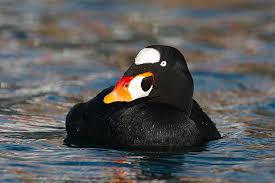
Little is known about Surf Scoter population trends. The global population is estimated at 470,000 and appears to be relatively stable. U.S. Fish and Wildlife studies in the mid 2000’s estimated 46,000 Surf Scoters were being hunted each year in the United States. Scientists hope that the species will continue to reproduce in adequate numbers and therefore will not be threatened. The looming challenge to reproduction, however, particularly for birds like the Surf Scoter that nest at high latitudes, will be global climate change. Temperature records published by the University of Washington Climate Impacts Group indicate that Pacific Northwest temperatures have increased by 1.5 degrees Fahrenheit between 1920 and 2009. If this ongoing warming trend continues here and in the boreal it will bring seasonal mismatches in snow melt causing shortages in food availability for the millions of birds that breed at higher latitudes. According to current scientific Audubon climate models, a 1.5 degree Centigrade (2.7 degrees Fahrenheit) rise in temperature will cause an approximate 28% decrease in boreal nesting habitat. A further rise up to 2.0 degrees Centigrade (3.6 Fahrenheit) will cause a 36% range loss. If this occurs, it’s probable that the Surf Scoter and many other species will attempt to relocate their summer nesting ranges. But where will they go? Should the boreal wilderness continue to suffer increasing fires caused by rising temperatures, it is unlikely the birds will succeed at finding other safe, productive summer habitat where they can successively raise their young.


